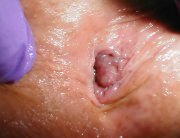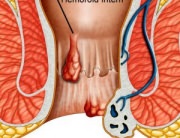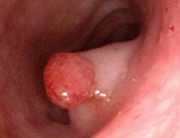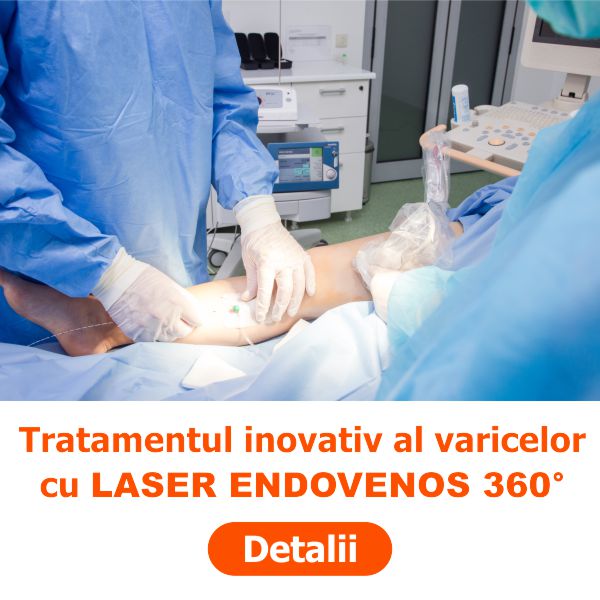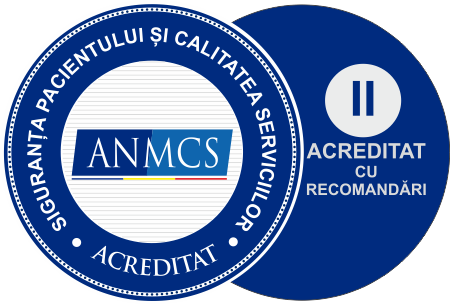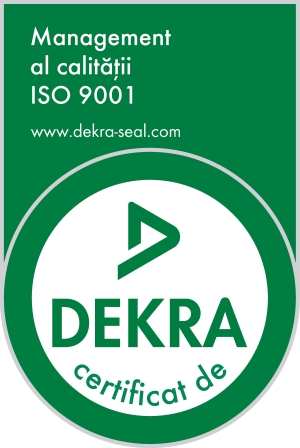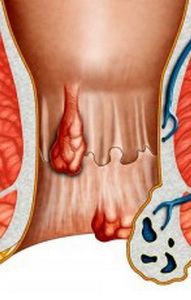 Most hemorrhoidal cases may be treated by simple diet changes and intestinal transit improvement. Most cases do not require surgery or other treatments, except if the hemorrhoids are very large and painful. The purpose of the non-surgical hemorrhoid treatments, also called fixative procedures, is to reduce the blood supply to the hemorrhoid so it shrinks or goes away. The scar that forms in that site supports the anal tissue and helps prevent the reoccurrence of hemorrhoids.
Most hemorrhoidal cases may be treated by simple diet changes and intestinal transit improvement. Most cases do not require surgery or other treatments, except if the hemorrhoids are very large and painful. The purpose of the non-surgical hemorrhoid treatments, also called fixative procedures, is to reduce the blood supply to the hemorrhoid so it shrinks or goes away. The scar that forms in that site supports the anal tissue and helps prevent the reoccurrence of hemorrhoids.
Fixative procedures include rubber band ligation (hemorrhoid ligature using rubber rings) or the use of electricity, laser or heat to scar the tissue (coagulation therapy).
Surgery (hemorrhoidectomy) may be used in the case of large internal hemorrhoids associated to the presence of a few small hemorrhoids or in case the bleeding could not be controlled through treatment. Sometimes a combination of these procedures (e.g., a fixative procedure and a hemorrhoidectomy) is the most efficient hemorrhoid treatment.
Hemorrhoidectomy versus fixative procedures in the case of internal hemorrhoids:
- Fixative procedures are generally recommended prior to surgery for small- and medium-sized hemorrhoids that retract into the anal canal after defecations (2nd and 3rd degree hemorrhoids);
- Hemorrhoidectomy may ensure better long-term results than fixative procedures, but it is more costly, involves a longer recovery time and features a higher risk of complications.
Fixative procedures are the recommended alternative in the case of people above the age of 70 or of those with precarious health.



